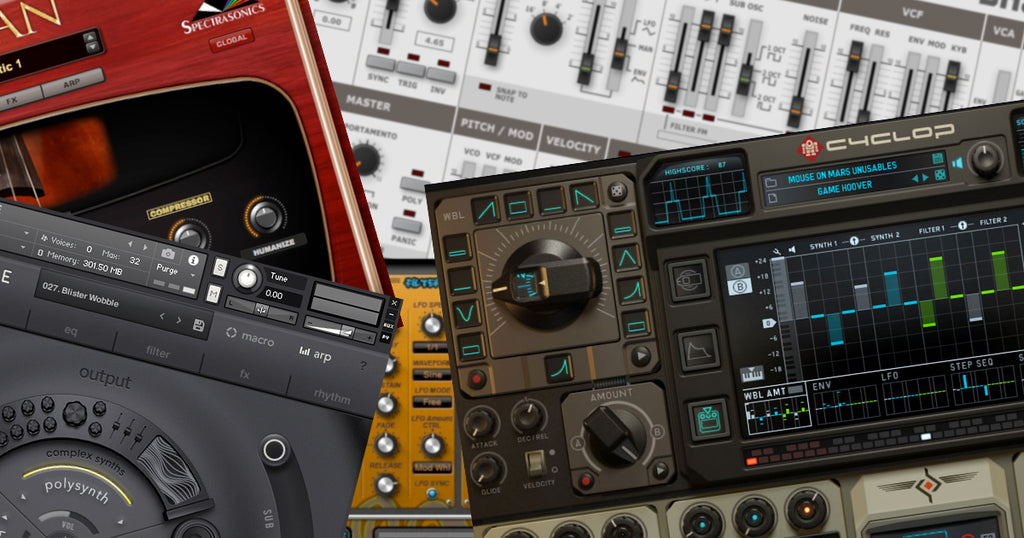

Before you decide on an amp, it’s a great idea to give the ‘65 Twin Reverb a proper demo.

The tone is a bit brighter than many of the solid state amps we’ve discussed thus far, but that brightness is favored by many jazz guitarists. If there’s a knock on this iconic amp, it’s that it’s exceptionally heavy and may provide far more headroom than you need. A two-button footswitch allows you to toggle reverb and vibrato effects on and off, and the amp offers four inputs altogether – two per channel. Plenty loud, the Twin Reverb delivers 85 watts through two custom designed Jensen speakers. The ‘65 Twin is a faithful recreation of the original, and it offers all the charm and versatility you’d expect from a Fender Twin. This storied amp delivers 85 all-tube watts through twin 12” Jensen speakers and also offers built-in tremolo as well.įor over fifty years, the Twin Reverb has been one of the most iconic amps, favored by jazz, blues, fusion, and rock guitarists around the world. Your personal preference will dictate which type of amp is best for the way you play.Īmps for Jazz Reviews – Our Top 5 Recommendations AmpĪrguably the most iconic amplifier Fender has ever produced, the Twin Reverb features the iconic spring reverb Fender is so well known for. Many players prefer the tone of a solid-state amp when playing jazz.


In fact, the style of jazz guitar lends itself equally well to tube or solid-state amplifiers. While tone purists are quick to point out that tubes produce a warmer and more desirable tone than solid-state amps, it’s not so cut and dry when it comes to jazz. Just like other amps, a jazz amp can be powered either with vacuum tubes, or solid-state circuitry. The preamp is also where your signal gets most of its tone from, thanks to the different tone shaping controls like EQ, gain, presence, and resonance.įrom the preamp, the signal then runs into the power amp section, where the sound is amplified and then sent through the speaker, where it finally becomes audible. The function of the preamp is to take the very weak electrical signal that’s being sent through your instrument cable from the guitar’s pickups and step up the voltage so that it can be fed into the power amp. Whether you’re talking about an amp for jazz, blues, or any other style of music, the makeup of the amp is quite similar.Īll amplifiers consist of three main components: a preamp, power amp, and a speaker. Technically, any amplifier can be a jazz amp, just like any amplifier can be a rock or blues amp. What exactly is a jazz amp and what does it do?Ī jazz amp is like any other amplifier in the sense that it amplifies the sound of the electric guitar for your audience to enjoy. But, fear not! Today, we’re going to cover everything you need to know about jazz amps and take a look at some of the best jazz amps on the market today. With all that time spent continuing to learn and develop as a player, it stands to reason that a jazz guitarist also cares a great deal about their tone, and how their sound fits into their group or ensemble.Īs jazz has taken a back seat to other popular forms of music like blues or rock, amp companies aren’t as focused on producing quality amps for jazz guitarists as they once were.


 0 kommentar(er)
0 kommentar(er)
